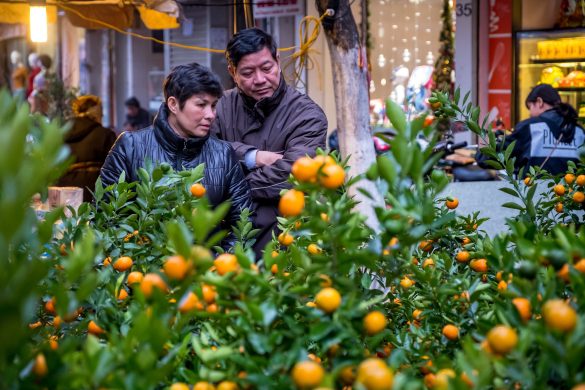Rapporten har med helikopterblik undersøgt skovens tilstand på global skala. Men der findes kun data på en lille brøkdel af klodens skove, så alle lande opfordres til at bruge FAO’s monitoreringsmodel, så skovene for fremtiden kan forvaltes bedre.
ROME, 3rd June 2014 (FAO): According to the first-ever edition of The State of the World’s Forest Genetic Resources report, half of the forest species reported as regularly utilized by countries are threatened by the conversion of forests to pastures (græsgange) and farmland, overexploitation, and the impacts of climate change.
“Forests provide food, goods and services which are essential to the survival and well-being of all humanity. These benefits all rely on safeguarding the rich store of the world’s forest genetic diversity – which is increasingly at risk,” said FAO Assistant Director-General for Forestry Eduardo Rojas-Briales (FAO er FNs Fødevare- og Landbrugsorganisation, red.).
“This report constitutes a major step in building the information and knowledge base required for action towards better conservation and sustainable management of the planet’s precious forest genetic resources,” he added.
Linda Collette, Secretary of the FAO Commission on Genetic Resources for Food and Agriculture (CGRFA), said:
“Data from 86 countries illustrate that insufficient awareness of the importance of forest genetic resources in improving forest production and enhancing ecosystems, often translate into national policies that are partial, ineffective, or non-existent.”
Collette added: “Only about 3 percent of the world’s tree species are actively managed. Governments need to act and implement the Global Plan of Action for Forest Genetic Resources and FAO and its Commission stand ready to guide, support and assist countries in the conservation and sustainable use of forest genetic resources.”
Genetic diversity critical
The contribution of forests and trees to boosting food security, reducing poverty, and promoting sustainable development depends on the availability of a rich diversity of tree species.
Biodiversity in forest genetic resources is essential to improving both forest species’ productivity and the nutritional value of the foods they produce – which includes leafy vegetables, honey, fruits, seeds, nuts, roots, tubers and mushrooms.
Genetic diversity allows breeders to increase their production in quality and quantity. A wide variability in desirable traits, such as fruit size, growing speed, oil composition and pulp proportion is a prerequisite for breeding and domesticating improved tree species.
At the same time, genetic diversity is needed to ensure that forests can adapt to changing environmental conditions, including those stemming from climate change, and also strengthens their resilience to stresses such as pests and disease.
Additionally, the inclusion of diverse tree varieties in agroforestry systems can reduce farmers’ production risks and provide nutrients to consumers all year round, the report stressed.
Eight thousand forest species used, one-third actively managed
Today’s report covers 8,000 species of trees, shrubs, palms and bamboo that are among the most utilized by humans. However, overall the number of existing tree species in the world is estimated at between 80,000 and 100,000, it notes.
Of that total, around 2,400 (around 3 percent) are actively managed for the products and services they provide.
Just around 700 species are actively improved through selection or breeding, meaning that less than one percent of all existing tree species are being assessed for improved production and adaptability in different planting site conditions or under selection or breeding programmes.
Urgent action needed
The State of the World’s Forest Genetic Resources — prepared under the guidance of FAO’s intergovernmental Commission on Genetic Resources for Food and Agriculture — calls for urgent action to better manage forests and their genetic resources to sure that rural people who depend on them for their nutrition, livelihoods and resilience will be able to rely on their benefits over the long term.
Through the FAO Global Plan of Action for Forest Genetic Resources, countries have committed themselves to improve the dissemination of, and access to, information on forest genetic resources, as well as to enhance collaboration to combat invasive species affecting forest genetic resources.
Developing and reinforcing national seed programmes to ensure the availability of genetically-appropriate tree seeds is also vital.
And forest genetic resource conservation and management should be integrated into wider policies and programmes at the national, regional and global levels, the report says.
In three weeks, countries of the world will gather at FAO to discuss pressing issued related to the sustainable management of forests during the biannual meeting of the Organization’s Committee on Forestry (23-27 June, 2014).














